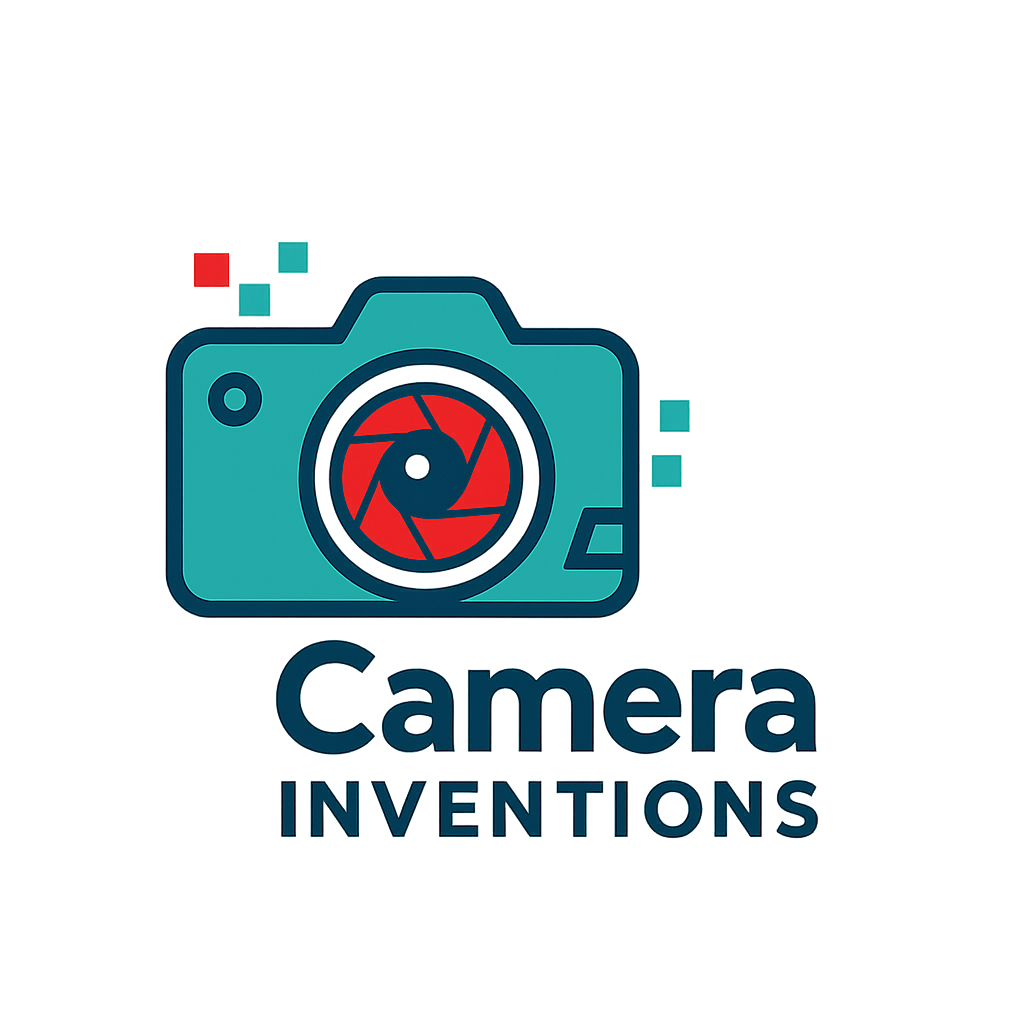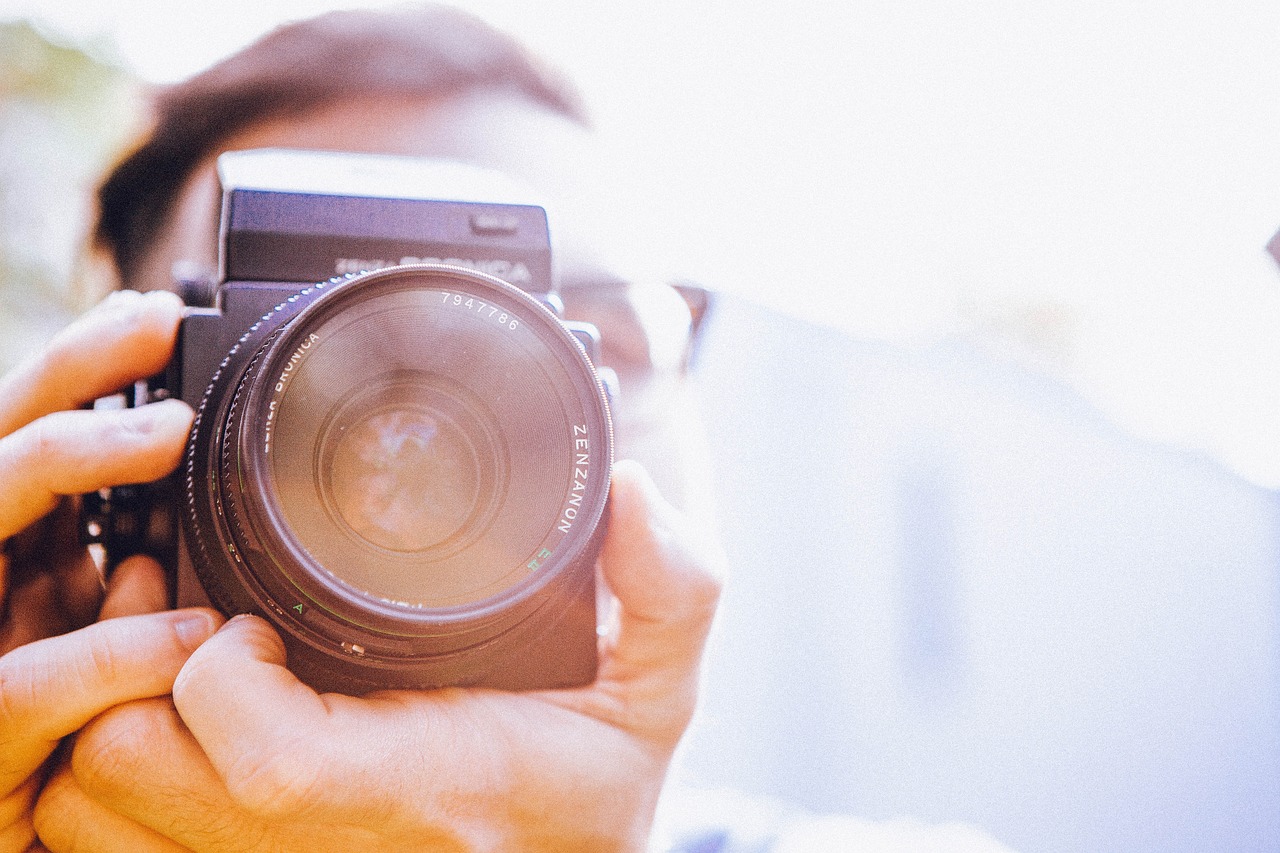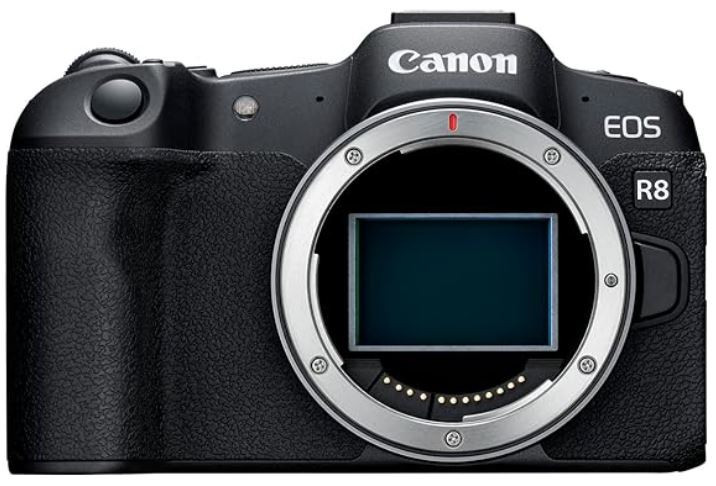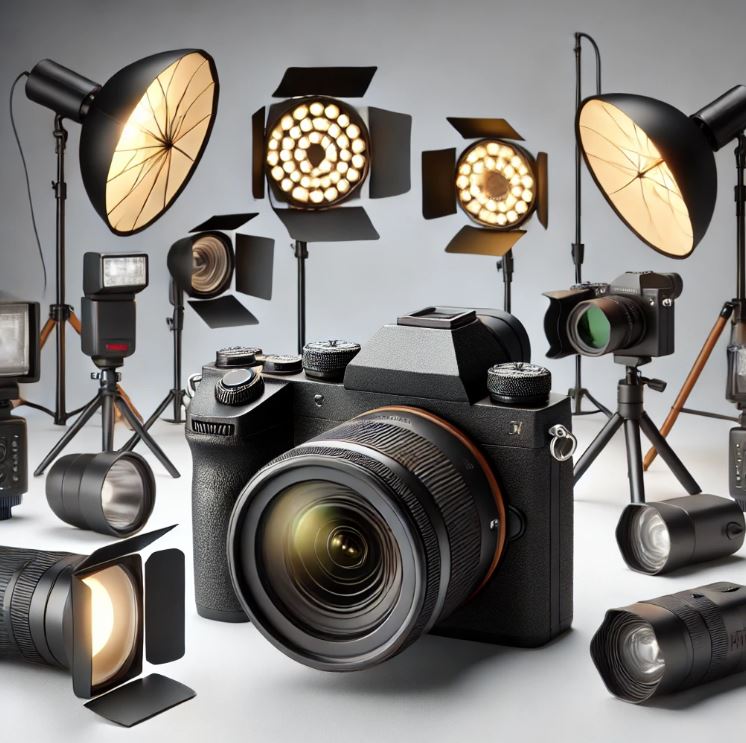I want to start by explaining what a DSLR camera is. A DSLR, or Digital Single-Lens Reflex camera, boasts interchangeable lenses and a reflex mirror that directs light from the lens to an optical viewfinder.
You get manual controls for exposure settings, and these cameras are renowned for their excellent image quality thanks to larger sensor sizes.
On the flip side, Point-and-Shoot cameras are all about hassle-free operation. They’re compact, lightweight, and usually fully automated. The lenses are fixed, and while they might offer some manual settings, they tend to encourage more of a ‘point and capture’ approach.
If you’re curious about ease of use, Point-and-Shoots have a leg up due to their straightforward design, while DSLRs offer comprehensive manual controls that cater to those wanting to dig into the nitty-gritty of photography settings.
You’re going to find out that sensor size plays a big role in image quality. DSLRs typically have larger sensors, which means better photos in low light and more control over depth of field. Point-and-Shoots, although improving, still lag behind in this area.
The presence of manual controls in DSLRs isn’t just for show; they allow for more creative control over your photography, enabling you to adjust focus, exposure, and more to get your image just right. Point-and-Shoot cameras, while improving in functionality, prioritize simplicity and ease of use over these detailed adjustments.

Assessing Your Photography Needs
I’m going to clue you in on one of the most critical steps in making the right choice between a DSLR and a Point-and-Shoot camera: assessing your photography needs.
Before you spend a dime, you need to ask yourself, why are you getting a camera in the first place? If capturing your dog’s goofiest moments is what you’re after, your requirements will be different from someone looking to start a portrait photography business.
Portability and convenience are big players in the photography game today. If you’re someone who likes to travel light or needs a camera that can slide into a pocket, a Point-and-Shoot may resonate with you.
These cameras are also great for those impromptu moments when you want to grab a quick, hassle-free photo without fiddling with too many settings.
If you want to talk numbers, let’s get down to budget talks. Your spending power is a determining factor, but remember, it’s not just about the initial cost.

You also have to consider potential future expenses, like lenses and accessories if you’re leaning towards a DSLR. On the other hand, Point-and-Shoot cameras often come with everything you need, which could save you money over time.
Are you planning to stick with photography for the long haul? It’s important to think about upgrade paths. A DSLR allows for incremental improvements by adding new lenses or flashes, for instance.
Meanwhile, with a Point-and-Shoot camera, when you want an upgrade, typically you’re looking at buying a whole new unit.
Lastly, consider any specialized needs. If underwater photography makes your heart sing, you’ll need a camera that’s waterproof. Maybe you’re into sports photography; then, a camera with fast autofocus and speed-burst modes might be your match.
Choose something that not only meets your immediate needs but will also serve you well as your skills and interests develop.
My guiding principle? Always pick the tool that will empower you to pursue your passion with as few barriers as possible.
After getting a good grasp on your photography needs, we can segue into why DSLR cameras might be the ideal choice for those who prioritize precision and flexibility in their photography. Stick with me, and let’s explore the advanced territory of DSLRs in the next section.
DSLR Advantages: When Precision and Flexibility Matter
Let’s talk about the benefits of getting yourself a DSLR. If you’re striving for top-notch image quality, a DSLR is your best bet.
The larger image sensors found in these cameras are key players, offering you richer, more detailed shots even in less-than-ideal lighting conditions.

Next, consider the vast sea of lenses you can pair with a DSLR. From wide-angle to telephoto, macro to prime, the options can be dizzying but oh-so powerful for your photography.
Different lenses open up worlds of creativity and let you achieve the exact effect or composition you’re aiming for.
It’s not just about variety; it’s also about the camera’s longevity. These cameras are typically built to withstand the rigors of frequent use, with many entry-level DSLRs boasting weather-sealed bodies that resist dust and moisture.
This durability is a significant consideration if photography is more than just a passing fancy for you.
Don’t overlook the importance of the viewfinder on a DSLR, either. The optical viewfinder allows you to compose your shots with true-to-life accuracy, a boon for photographers who prefer a hands-on approach and need to make real-time decisions about focus and exposure.
Lastly, the DSLR’s adaptability in various shooting scenarios sets it apart. Whether you’re capturing the quiet ambiance of a dimly lit cafe or the harsh contrasts of a sunny beach scene, you have the control to adjust settings for the perfect shot.
It’s this flexibility that has kept DSLRs at the top of many photographers’ lists.
Point-and-Shoot Perks: The Power of Simplicity and Portability
So, we’ve talked about DSLRs and their technical prowess. But let’s not overlook the charm of Point-and-Shoot cameras. Their simple design and pocket-size build make them a go-to for casual photographers and travelers alike.
There’s something refreshing about the grab-and-go nature of Point-and-Shoots. You can always have a camera with you, capturing life as it happens without the fuss of changing lenses or adjusting settings. For those spontaneous moments, this simplicity is priceless.
Modern Point-and-Shoot cameras are not just about convenience; they’re smart too. Auto modes have become incredibly adept at recognizing various scenes and selecting the best settings for you.
Imagine capturing the perfect sunset with just a click—that’s the kind of user-friendly technology we’re talking about.
And let’s not forget the features that have started creeping in from the smartphone world: Wi-Fi connectivity to share your shots instantly, waterproofing for your adventurous side, and in some cases, touch screens for intuitive control.

These little wonders are packed with functionality that makes photography fun and accessible.
If you’re thinking Point-and-Shoot means compromised quality, think again. High-end models boast large sensors and bright lenses that challenge the narrative, producing images that can stand toe-to-toe with DSLR outputs in many scenarios.
Whether you opt for a DSLR with its myriad of features and customization options, or a Point-and-Shoot for its unparalleled convenience and simplicity, the right choice is deeply personal.
Choose with intention, reflecting on what you’ll love to use. Photography is a journey—not just of capturing images, but of discovery and enjoyment. I really hope that you find the camera that sparks joy in your photography adventure.





Thanks for this informative article! The DSLR vs Point-and-Shoot debate has always intrigued me. It’s great to see a comprehensive comparison that helps readers make an informed decision. While DSLRs offer more control and versatility, Point-and-Shoot cameras are convenient and user-friendly. Understanding the pros and cons of each option is crucial when choosing the right camera.
Your insights have definitely made the decision-making process easier. Keep up the fantastic work!
Marios
Hi Marios! It’s exciting to find other people who share the same type of interests such as how cameras work. I appreciate your response! Thank you!